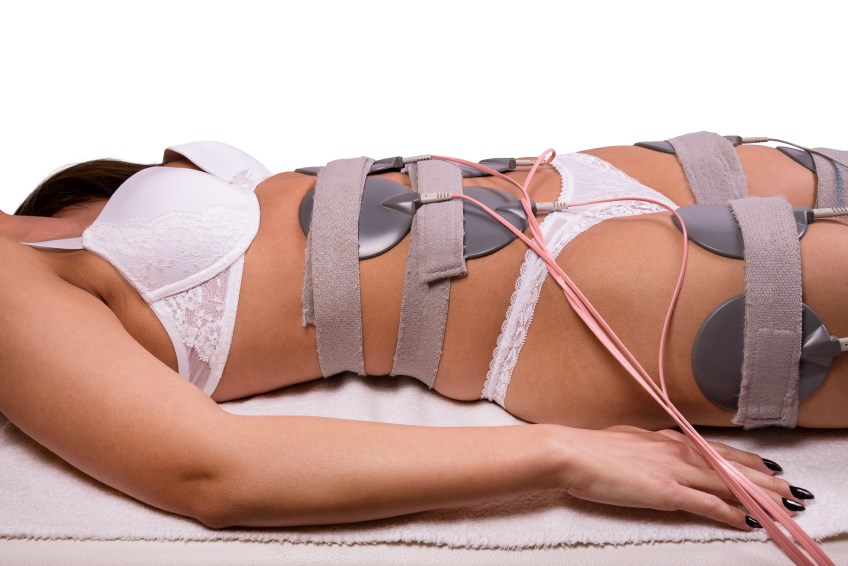What do broken bones and depression have in common? Both can be healed from pulsed electromagnetic frequency therapy (PEMF).
Initially used to heal broken legs in racehorses, sports doctors soon caught on to PEMF, and after a period of experimentation with willing athletes, the FDA approved the use of PEMF with a prescription. Recent developments have seen both Health Canada and the FDA approve these devices for wider use.
“Our cells have a millivolt current that is disrupted when we get sick,” says Helen Tong, co-owner and manager of Pure 5 Wellness Hub. “This PEMF device energizes and recharges the cells so they start talking to each other, allowing the body to heal itself faster.”
Magnetic bracelets and magnetic therapy differ from PEMF in that research and studies have moved PEMF from being considered an alternative medicine to being viewed as a commonly accepted practice. Research conducted in 1974 demonstrated that PEMF accelerates bone repair, even though it was unclear at the time exactly how this occurred. Over forty years later, research related to the device and its potential uses is still being conducted today.
“I broke my fifth metatarsal in December,” says Keith Tong, co-owner and manager with wife Helen. “Using the PEMF device healed it much, much faster. The primary use of our device is to increase blood circulation, thereby relieving aches and pains.”
PEMF therapy has also been found to help those who suffer from depression but don’t respond to antidepressants. This was first discovered when the mood of bipolar patients improved after a magnetic resonance spectrogram. The effects of PEMF show behavioral effects that are consistent with antidepressants.
Electromagnetic field therapy is still in its infancy, but Health Canada has approved PEMF as a Class 2 medical device, sharing the same legality as contact lenses.
For more information about pulsed electromagnetic frequency, contact Pure 5 Wellness Hub by email, Facebook, phone at 604 428 8682 or in person at 318 Gilmore Ave, Burnaby.



